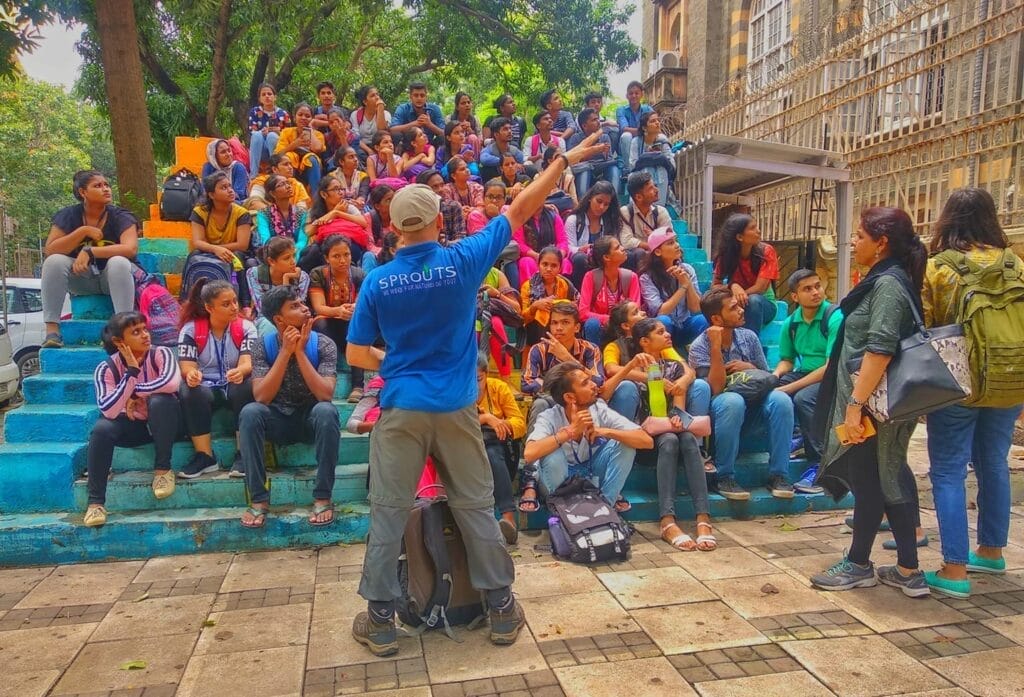Through the month of June, we had a sort of extended celebration of World Environment Day (June 5th) by highlighting organisations and collectives that are actively trying to make a change. In case you missed their stories on our social media channels, here’s another hat tip to these changemakers, who are fighting to protect natural spaces and ensuring environmental justice in our increasingly chaotic, expanding cities.

Nizhal, Chennai
We start off in Chennai with Nizhal. Nizhal, which means shade in Tamil, is a non-profit organisation that promotes urban greening with a focus on indigenous tree species and biodiversity regeneration. The organisation engages in various activities, including tree planting, community awareness programs, and advocacy for sustainable urban environments.
Nizhal’s flagship projects include the Kotturpuram Urban Forest, Madhavaram Urban Forest, and Chitlapakkam Tree Park. The organization also works on water body restoration (Neer Vanam projects), the Green Prisons Program, roadside greening, campus greening, and various educational outreach programs. Their focus is on helping citizens grow and maintain biodiversity in their neighbourhoods.
Read more: A chat with the Founder of Nizhal
Chennai Climate Action Group
Climate change is a global problem but its impacts are very visible at a local scale. The Chennai Climate Action Group is a Chennai-based environmental collective that highlights the impact of climate change and pollution on marginalised communities in Chennai. They are particularly active in North Chennai, whose residents have been victim to multiple forms of industrial pollution, including the recent Ennore Gas Leak. CCAG’s biggest challenge, according to environmental researcher Vishvaja Sambath, has been getting the more privileged residents of Chennai to care about these issues in North Chennai.
Read more: North Chennai protests in innovative ways for pollution-free Chennai
Sprouts Environmental Trust, Mumbai
Sprouts Environmental Trust was started by wildlife biologist Anand Pendharkar. The Mumbai-based organisation tries to make nature accessible to all. For over twenty years, the organisation has focused on spreading awareness about environment, biodiversity and life in cities like Mumbai. Access to nature and wildlife can often be restricted to privileged residents who can afford to pay for experiences. Sprouts tries to ensure that people from marginalised backgrounds, especially children, also have access to and cab enjoy the natural world.
Vanashakti, Mumbai
Vanashakti is a conservation NGO based in Mumbai. The organisation works on education, restoration and on monitoring natural spaces in Mumbai and other parts of Maharashtra. Vanashakti is particularly known for its judicial and public activism. The organisation has moved courts to demand that state governments protect rivers. They have also monitored and advocated for the protection of wetlands in Mumbai and the Sanjay Gandhi National Park.
Read more: Environmental movements need more money, bandwidth and courage, says environmentalist
Biome Environment Trust, Bengaluru
Biome is a pioneer in promoting rainwater harvesting in Bengaluru. @biometrust is an organisation that researches how cities and towns can achieve water sustainability. As a “do-tank” rather than a think tank, they also focus on testing these ideas showing the way towards water resilience. One of their best known campaigns is the Million Wells campaign in Bengaluru and neighbouring areas.